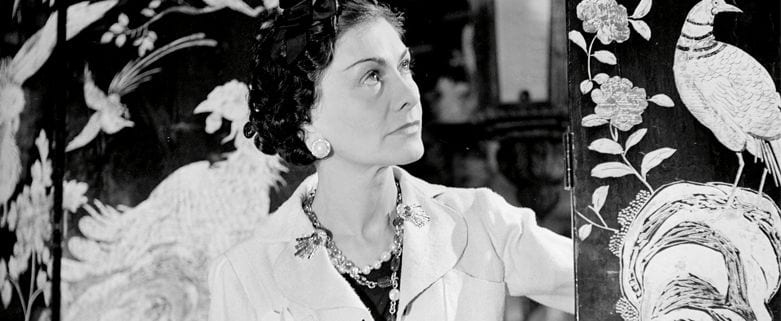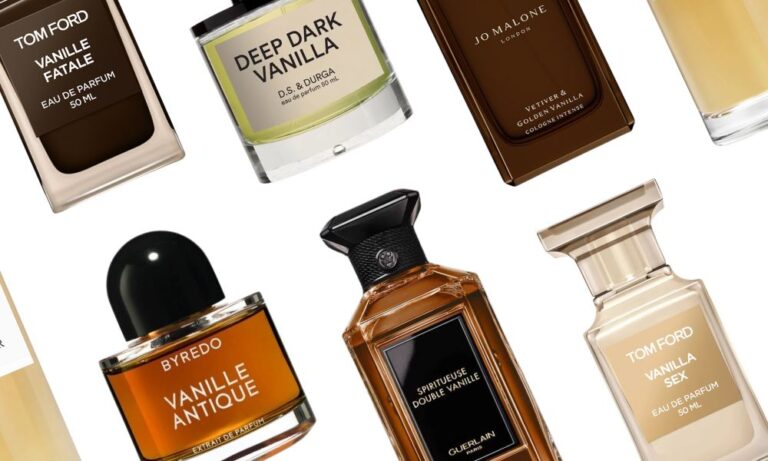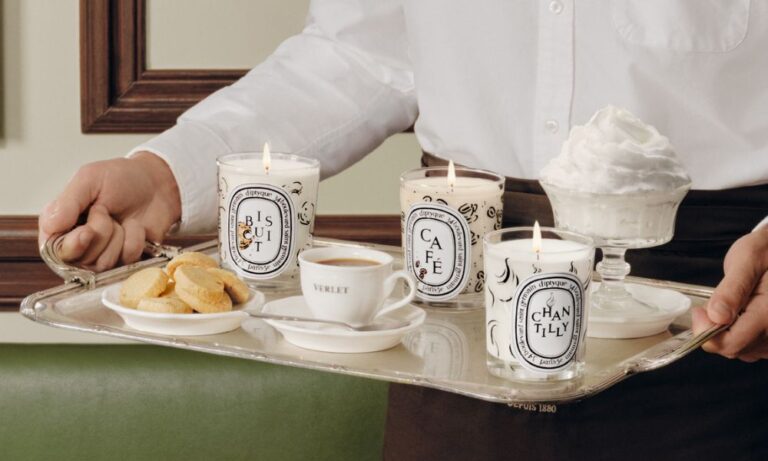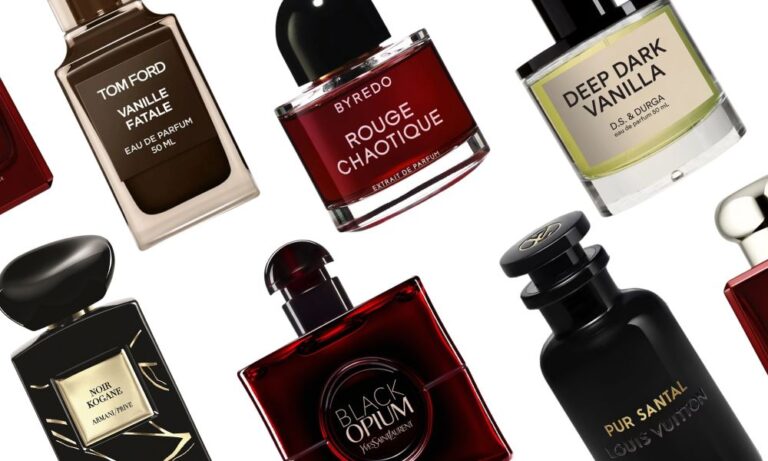More than any of her design contemporaries, Gabrielle “Coco” Chanel (1883–1971) had the ability to know not only what would work in the fashion world of her time but also what would remain relevant in years to come.
While Chanel’s couture designs, which embodied taste, glamour and style, placed her firmly at the forefront of fashion, it was her signature scent, Chanel N°5, that proved her genius.
“I want to create a highly distinctive fragrance, one that has never been made before; a woman’s fragrance that smells like a woman,” she declared.
In doing so, Chanel rejected all conventions, proving that “one can never be too modern”, as she said 40 years later in the December 1961 issue of Jours de France.
Chanel N°5 was the first of its kind – a couture perfume – so the Parisian couturier was revolutionising not only the way women dressed but also the way they wore perfume.
Since its launch in 1921, Chanel N°5 has reigned as the best-selling fragrance across the globe, sought by wearers for its enchanting, seductive and alluring quality.
FRAGRANT GRASSE
The story begins with a former perfumer to the court of the Russian tsars, Ernest Beaux (1881–1961), who had a laboratory in Grasse, France. Introduced by Chanel’s friend and lover, the exiled Grand Duke Dmitri Pavlovich of Russia, Chanel and Beaux found they shared the desire to create rare and innovative structures in fragrance to produce perfumes unlike any others.
Chanel described to Beaux what she wanted: a fragrance that not only smelled divine but also resembled her in her multiple and contradictory facets. “I want to give women an artificial fragrance. I say artificial, because it will be fabricated. I want a fragrance that is composed,” she said.
They set about creating one of the richest and most complex fragrances ever known, effectively freeing fragrance from any and all preconceptions.
MESSAGE IN A BOTTLE
Chanel N°5 also made a statement with its name and bottle design. Perfumes had hitherto been given sentimental names, such as “Pink Clover” or “Spray of Happiness”, whereas Chanel opted for a simple stamp, almost as though the name were a registration number.
There are a number of theories about why the fragrance was called N°5. Some say the name was chosen because the fragrance was the fifth sample Chanel chose from those presented to her by Beaux.
Others believe she wanted to protect her precious fragrance with her lucky number, which correlated with Leo, her astrological sign and the fifth of the zodiac. Chanel said, “I launch my dress collection on the fifth of May, the fifth month of the year, so leave it to the number that it bears and this will bring it good luck.”
Of course, “N°5” was also easily remembered and needed no translation across the borders.
Taking inspiration from the gentleman’s cologne or medicine bottle, the fragrance’s square-cut flagon was in stark contrast to the frippery favoured by perfumers. It was a model of minimalism and simplicity, free of artifice and well beyond its time.
Considered a 20th-century icon, the Chanel N°5 bottle was exhibited in 1959 at the Museum of Modern Art in New York. In 1985 it was the subject of a series of silk-screens by pop artist Andy Warhol.
Over the years it has been changed only imperceptibly, its contemporary aesthetics preserved.
EXCLUSIVE SECRETS
Worlds apart from the flowery scents of its time, Chanel N°5 was (and still is) a luxurious, seductive and distinct scent.
A secret cocktail of no fewer than 80 ingredients, it does not have a dominant note but is a delicious combination of jasmine, ylang-ylang, neroli, May rose, sandalwood, bourbon vanilla and vetiver.
It takes 1000 jasmine, 24 ylang-ylang and 12 May rose flowers to obtain 30ml of N°5 parfum extract.
To ensure the fragrance’s exclusivity, Chanel had Beaux add a large quantity of jasmine from Grasse, the most luxurious perfumed raw material in the world. By using one of the most expensive ingredients in perfumery, Chanel made N°5 inimitable.
Chanel N°5 brought perfumery into a new era, one in which raw materials and synthetic substances would come together in harmony.
It has been said that perfumes can be identified as those that came before Chanel N°5 and those that came after. Regardless of how the latter compare, Chanel N°5 has influenced the style of all fragrances created since 1921.
SIGNATURE FACES
The iconic beauties who have personified Chanel N°5 over the past five decades have included Suzy Parker, Catherine Deneuve, Ali MacGraw, Lauren Hutton, Carole Bouquet, Nicole Kidman and Estella Warren. All have epitomised the universal language of seduction that N°5 represents.
Some of the greatest names in photography and cinema have worked on the promotional campaigns for Chanel N°5, including Helmut Newton, Richard Avedon, Irving Penn, Daniel Jouanneau, Patrick Demarchelier, Ridley Scott, Jean-Paul Goude, Luc Besson and Baz Luhrmann.
ARTISTIC DIRECTION
The driving force behind the iconic ad campaigns was the late Jacques Helleu, Chanel’s artistic director for more than 40 years.
“His larger-than-life personality, immense talents and unique vision have defined Chanel as the ultimate house of luxury, with an unparalleled global presence,” said Maureen Chiquet, Chanel’s global CEO, in a statement following Helleu’s death in 2007.
Helleu maintained that the advertising is, in part, there to take the place of the impeccably turned-out vendeuse (salesperson), and that the ideal is presented in terms of art, not just communication.
EVOLUTION OF A FRAGRANCE
Having created Chanel N°5 in 1921, Ernest Beaux went on to produce Eau De Toilette N°5 in 1924. His successor, Henri Robert, worked closely with Chanel and was inspired by her spirit. This legacy passed to Jacques Polge, who joined the Chanel company in 1978.
In 1986, Polge re-interpreted the luxurious simplicity of N°5 with Eau De Parfum. This year he again re-invented N°5 with the launch of Eau Première, which is lighter and more discreet than the original but retains its softness and sensuality.







